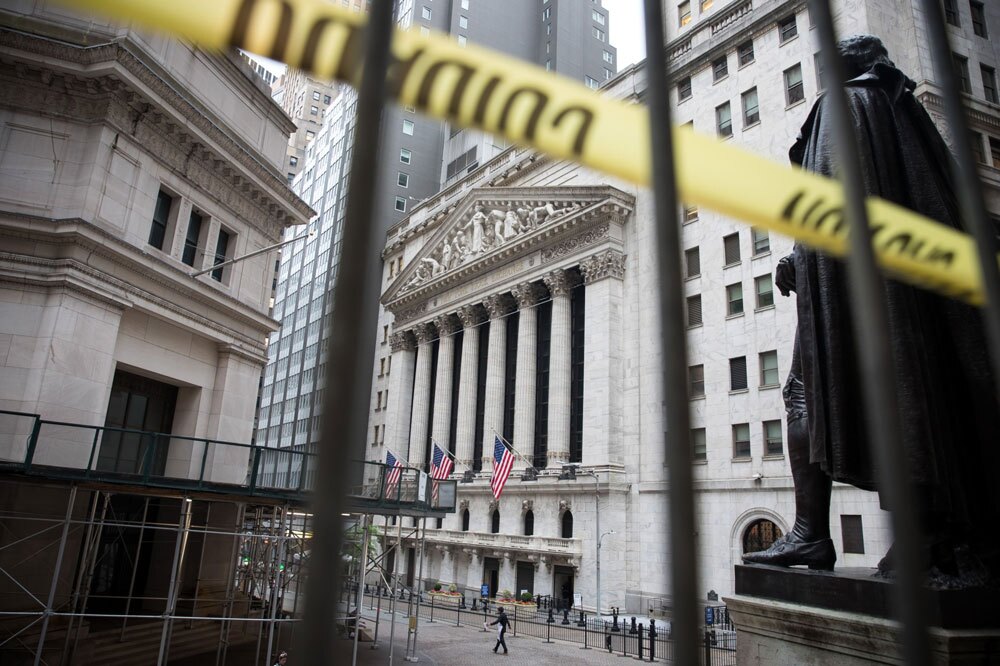In the first four months of the year, active managers got the opportunity they wanted to show investors that they can beat their benchmarks in periods of market volatility. So how did they do?
Not well, according to new research.
“Early 2020 results rebut the view that active funds navigate market turmoil better than index-based funds,” wrote Berlinda Liu, director of global research and design at S&P Dow Jones Indices, in a blog post published Wednesday. “Even where results are relatively favorable, the data show the difficulty of market timing. Mixed results in the short term did not change active funds’ tendency to underperform indices over the long term.”
[II Deep Dive: Here’s Where Active Management Actually Works]
S&P Dow Jones Indices publishes two scorecards each year, reporting how active managers performed compared with their benchmarks. Given the record volatility in markets since the coronavirus shut down economies around the globe, S&P published a shortened version of its semiannual scorecard to see how active managers fared during the worst of the market carnage in March and during the recovery that began in April.
Liu noted in the blog post that active managers “sometimes seek to soften the conclusions” of the index provider’s regular semiannual scorecards by arguing that “while index funds may have the advantage in rising markets, it’s in volatile downturns that active management can prove its worth.”
But that hasn’t been the case so far this year, according to Liu. Sixty-four percent of U.S. equity funds underperformed the S&P Composite 1500 — which combines the S&P 500, the S&P MidCap 400, and the S&P SmallCap 600 — in the first four months of the year. Sixty-seven percent of these funds underperformed in the past two quarters.
During the one-year period ending in March 2020, 72 percent of U.S. equity funds lagged the S&P 1500, which represents about 90 percent of the market capitalization of public companies in the U.S.
Active managers of large-cap funds fared the worst. In the first quarter of 2020, 54 percent of large-cap funds underperformed. In April, when markets rebounded, the percentage of large-cap funds that underperformed for the entire year increased to 59, according to S&P DJ Indices.







